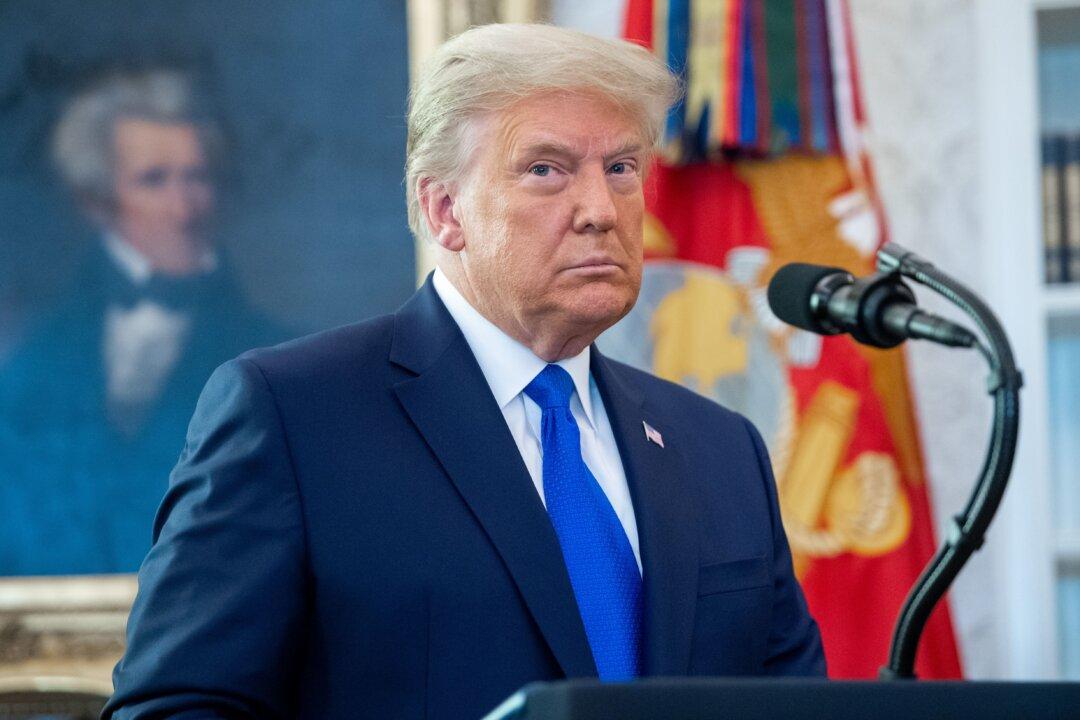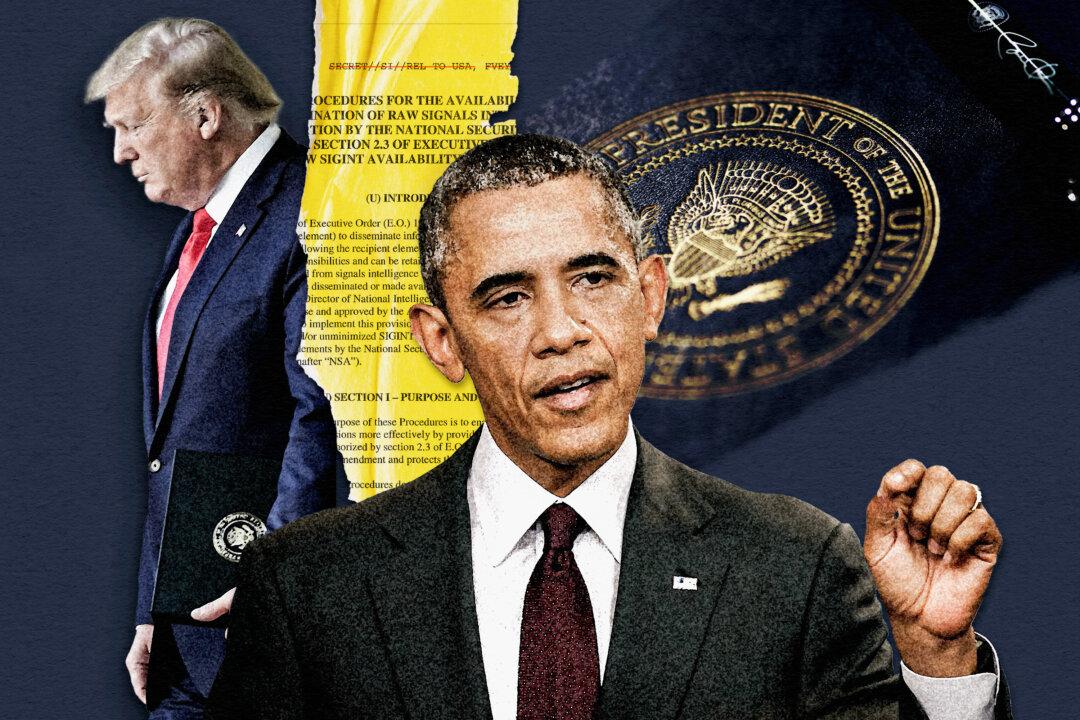News Analysis
The role played by the CIA during the 2016 investigation into the Trump presidential campaign is receiving more attention as Rep. Devin Nunes (R-Calif.), the ranking Republican member of the House Intelligence Committee, says he is “laser-focused” on uncovering what the CIA provided to the FBI as part of the “Crossfire Hurricane” probe.





